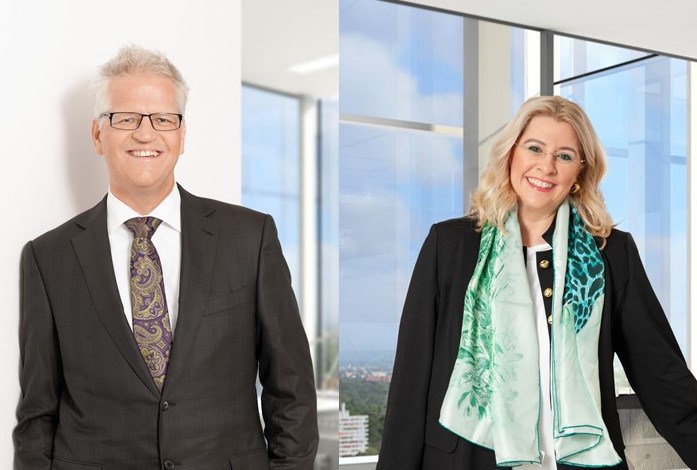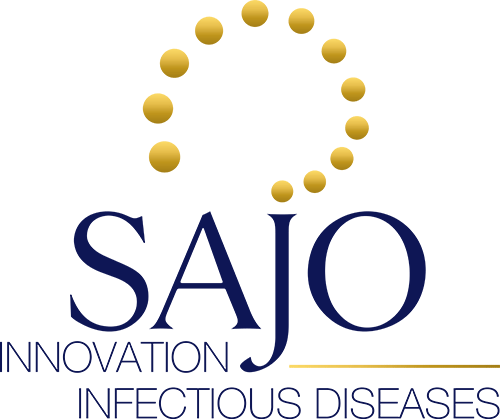SARS-CoV-2 update
As of today, according to the Johns Hopkins University there are more than 12 M confirmed SARS-CoV-2 infections globally. More than 500,000 people have died of COVID-19. The number of unreported cases is expected to be much higher, since for example people who died “with” COVID-19 are not part of this statistics. Countries whose governments did not impose strong countermeasures are experiencing an explosion of new infection numbers.
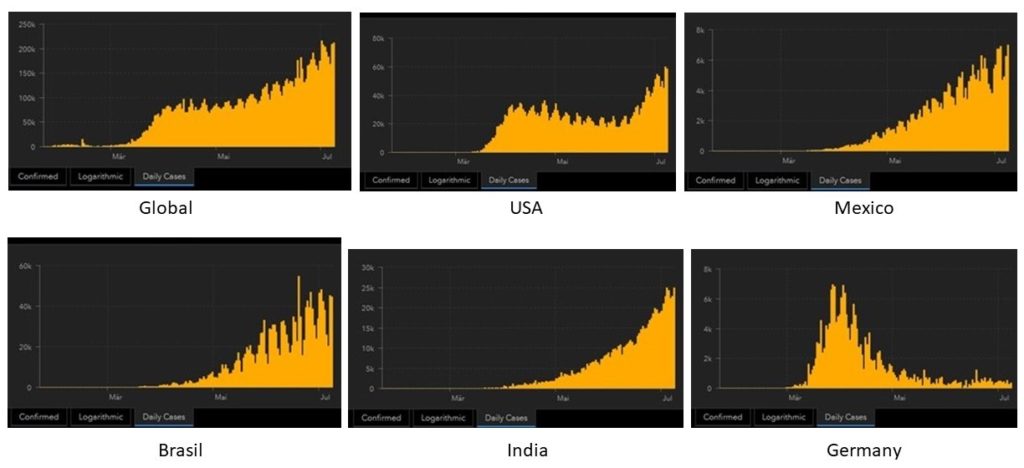
Here you may see the daily infection numbers: https://coronavirus.jhu.edu/map.html
What is the impact of SARS-CoV-2 on the population, and what aftershocks might occur with what kinds of long-term damage? How many people will be affected and importantly: How many of the young?
We do see some parallels to the course of the 1918 Spanish Flu pandemic. Of course, these are two different viruses, influenza and SARS-CoV-2 (a coronavirus), that hit an immunologically naïve population, respectively. That means the virus met a human immune system which had not encountered this virus before.
The consequences are comparable: Many victims died from an overshooting immune reaction. With the Spanish Flu people suffocated within a day or two from blood and liquids in the lungs as well as from destroyed lung tissue. Severe cases of COVID-19 also result in violent immune reactions.
We are wondering if mild cases in some people are the result of a previous infection with one of the four circulating coronaviruses resulting in cross-reacting antibodies.
It is known that coronaviruses have different impact on individual immune systems, making a vaccination difficult. With a vaccine, a T-cell response is key. T-cells are effector cells of the immune system. Is this response weak, a vaccine will not protect as efficiently as desired.
Another immune response is the formation of antibodies in B-cells. This response is necessary as well. The production of enough specific antibodies takes up to three weeks, which results in a delayed immune response. In case there are preformed cross-reacting antibodies, this may result in milder disease.
The following symptoms were observed in severe cases: SARS-CoV-2 can affect blood clotting. This means a clogging of blood vessels, which does result in tissue infarcts (such as heart attack, kidney infarct, lung embolism, thromboses, stroke). The SARS-CoV-2 receptor molecule is found on diverse organs, which all may be infected. The nerve tissue may also be infected, and the virus is able to cross the blood-brain barrier.
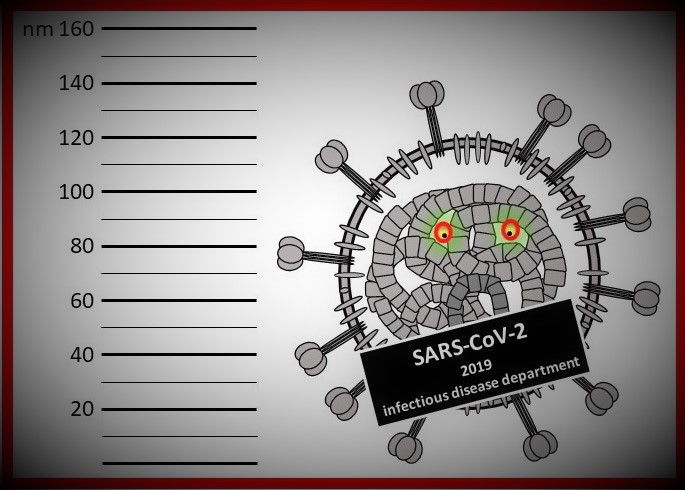
All these observations include potential long-term damage in the organism.
Several years after the Spanish Flu pandemic, a wave of deaths was documented. This suggests long-term consequences of the Spanish Flu, which had a most severe impact on the immune system.
We are wondering about the implications of mild COVID-19 cases in the future. This raises concerns for the labor market, the health system, the social- and the retirement pension system.
We are campaigning for a careful consideration of your personal risk of infection. We request that every individual may have the chance to do so. We think it reprehensible if politicians and economists want to impose a basic risk on the population.
Germany ranks on 17 in the Johns Hopkins University list with 3000 to 5000 confirmed new cases per week. These are 12,000 to 20,000 new infections per month in Germany alone. Currently, we have 198,700 confirmed cases.
With these numbers, the pandemic will affect 270,000 to 320,000 people in 2020, if a second wave does not occur. This would mean a 0.4 % confirmed infection rate in Germany.
In places that relax the measures, the perfidious virus comes roaring back. This could be observed in many cases already. The virus did not disappear, it waits for a chance to spread again.
More and more politicians would like to ease the restrictions. We also observe an increased carelessness in people. It is the beginning of July, a time of the year with heat and sun, when most people are outside – very much to the disadvantage of the virus. It is not gone, however, and fall is coming.
This is another parallel to the Spanish Flu of 1918. Cities that imposed measures too late or eased the measures too early, were hit harder than those which reacted early with consequent bans on mass events, with school closings, rules of distancing and obligatory mask use. Until today, these are the only means to slow down viral spread and to avoid a recurrence of infection hot spots.
Why is it that Germany has fared so well in international comparison? We had a heads-up from Austria and Italy, which were hit before. We were lucky. People in Germany had trust in their government. With the chancellor we have an intelligent leader who influences the people in a positive way. Communication between us virologists, the government, and the general population was well enough to make people understand the problem and to behave accordingly.
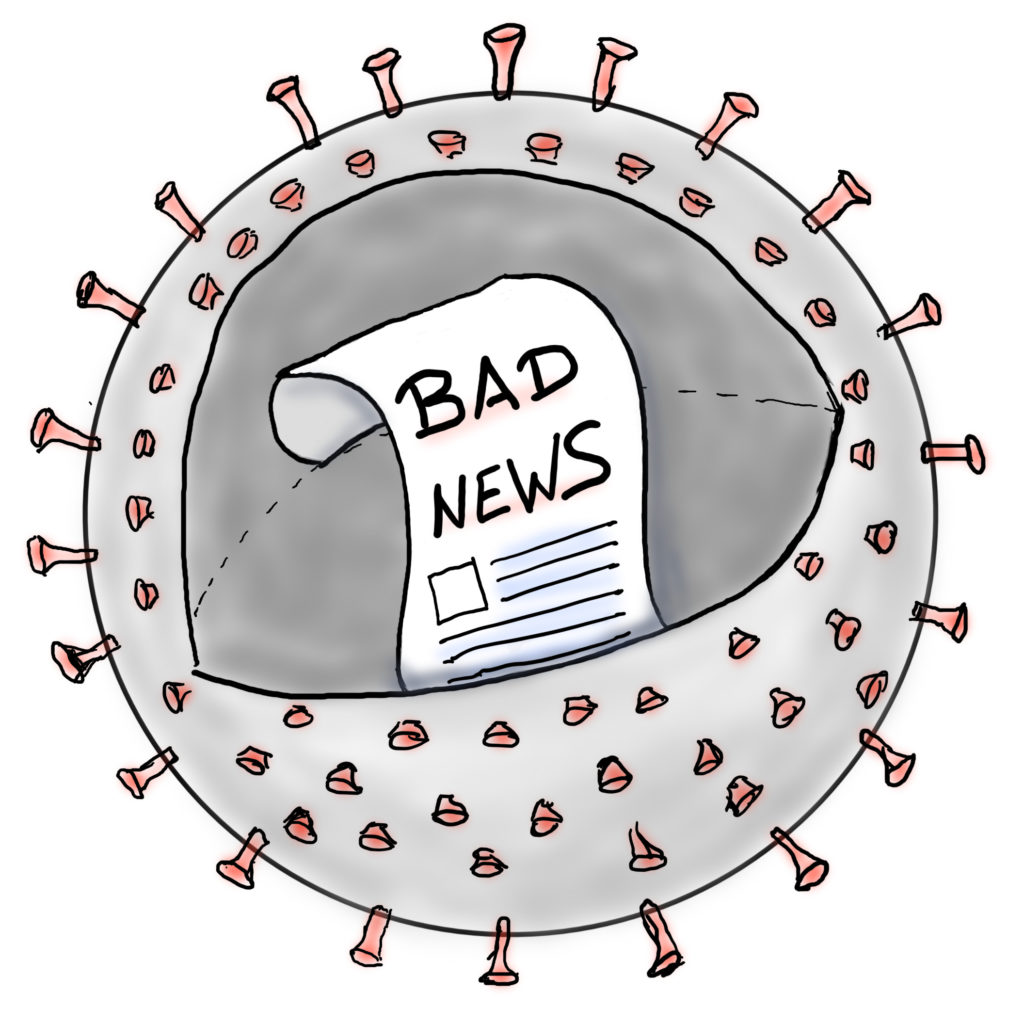
We are all in that together, to give no chance to a viral spread. This is the only meaningful way to stop the pandemic and to keep the damage as small as possible, including the long-term damages, which at the moment we cannot estimate.
Hang on! For yourself and your loved ones. It will pay off to pay attention to your health, to face the perfidious virus. It is a struggle – often against yourself and your habits and expectations. This virus is making us grateful and humble if we all stay healthy.
This virus is teaching us patience, until we obtain an effective vaccine or a new drug.

This pandemic also results in a new shifting of economic powers – a true chance for Germany and Europe to catch up internationally and to get a new position globally.

Stay committed and hang on!
Yours,
Sabine and Joerg
SAJO – for a healthy and better future!
A hearthful thank you for the great cartoon to Oliver Hoogvliet. ollihoo (https://hoogvliet.de)
